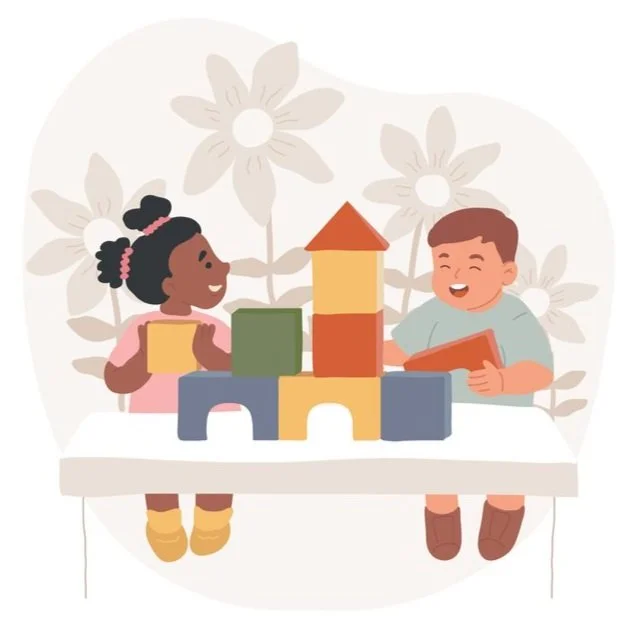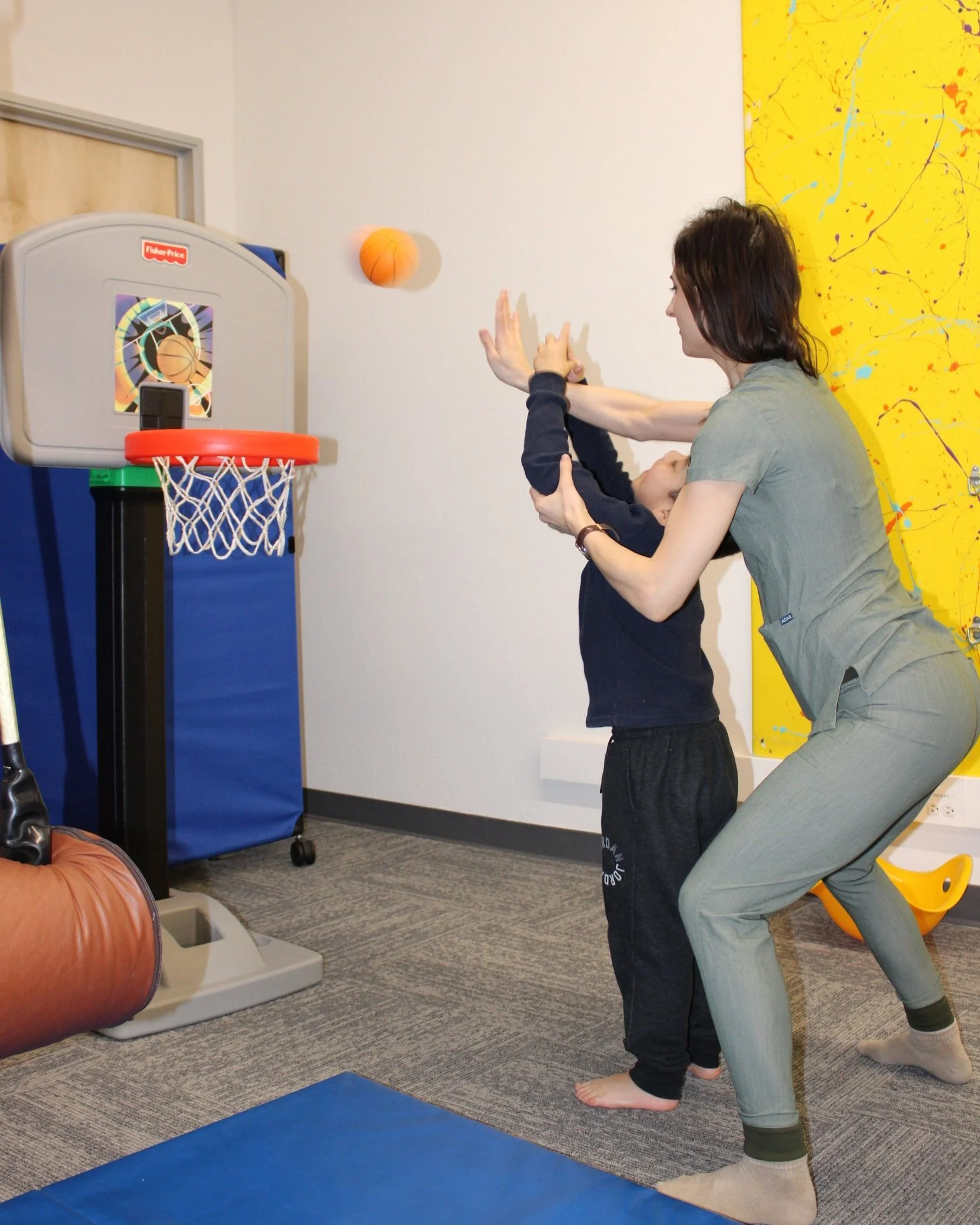Occupational Therapy
Occupational Therapy at Pediatric Play Therapy focuses on empowering children through engaging and personalized activities.
Our team of friendly pediatric occupational therapists employs a holistic approach to support your child's unique needs. We understand that every child is different, and we tailor our strategies to help them navigate sensory challenges, enhance their play skills, and develop essential self-care routines. By turning therapy into a fun experience, we encourage children to meet their developmental milestones while fostering independence. With us, your child will learn self-regulation and gain confidence, all in a warm and supportive environment.
-
Poor balance
Delays in reaching milestones (Doesn't crawl/ transition to walk)
Difficulty learning new motor tasks
Struggles with transitions
Poor attention when completing tasks
Frequent crying and tantrums
Inability to self sooth
Poor sleep wake patterns
Over and under response to pain
Difficulty tolerating clothing
Isolates self from others
Poor visual tracking skills
Poor fine motor skills
Poor body awareness
-
Movement and coordination.
Thoughts, perception, and memory.
Sensory processing.
Visual-motor and visual-perceptual skills.
Self-regulation and coping skills.
Skills needed for their education (pre-writing, writing and scissor skills).
What is the ssp?
The Safe and Sound Protocol (SSP) is a therapeutic listening program designed to improve nervous system regulation, reduce stress, and enhance social engagement. Developed by Dr. Stephen Porges, SSP uses specially filtered music to stimulate the vagus nerve, promoting a sense of calm and safety.
Safe and Sound Protocol (SSP)
-
Sensory processing challenges
Anxiety and stress regulation
Autism Spectrum Disorder (ASD)
ADHD
Speech and language difficulties
Emotional regulation difficulties
-
Listening to specially designed music over a set period
Gradual exposure to sound frequencies that help regulate the nervous system
Can be used in therapy sessions or at home with guidance
-
Improved emotional regulation
Enhanced focus and attention
Reduced sensory sensitivities
Better social engagement and communication
What is Visual Tracking?
Visual tracking is the ability to follow moving objects smoothly and accurately with the eyes. It plays a crucial role in reading, handwriting, coordination, and overall visual processing.
-
Losing place while reading
Skipping words or lines
Poor handwriting or spacing issues
Difficulty following moving objects
-
Eye movement exercises
Strengthening visual-motor skills
Sensory integration techniques
-
Reading & Learning (following words across a page)
Hand-Eye Coordination (catching a ball, writing)
Attention & Focus (maintaining visual engagement in activities)









